How to Eat Vegetables if You Don’t Like Them
Author:
Unlock your full potential by engaging with our experts and community! Have questions about your fitness journey or looking for expert advice on weightlifting techniques? Don’t hesitate — leave a comment below and Sergii Putsov will provide a personalized answer and insights to help you reach your goals.
Torokhtiy is reader-supported. Some links are affiliate links, and we may earn a commission at no extra cost to you. See our disclosure page for details.
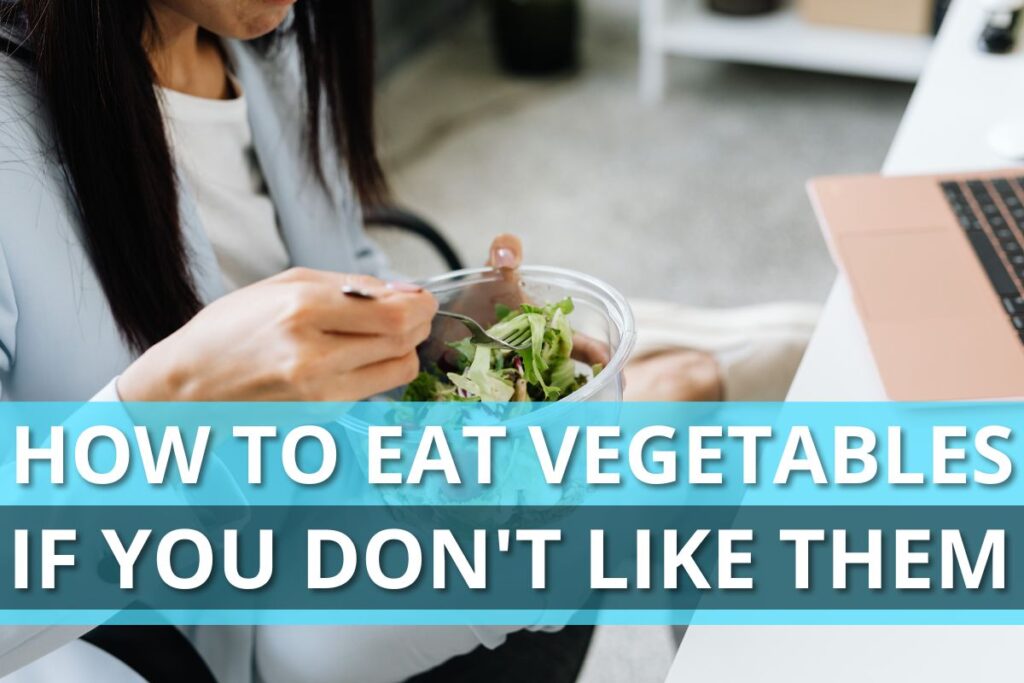
This article also available as audio. Check this out!
Subscribe and listen it anywhere:
Vegetables are one of the 5 foods that are essential in our diet on the daily basis. According to experts, a lot of people around the world fail to consume enough of them. In this article, I will tell you how to start eating more vegetables.
According to experts, a lot of people around the world fail to consume enough vegetables. However, they are one of the main five foods, essential in our diet on the daily basis. It is our health. In this article, I will tell you how to start eating more vegetables.
You may like it:
Why eat vegetables?
There are many reasons. First of all, vegetables contain plenty of minerals and vitamins: potassium, magnesium, non-heme iron, calcium, vitamins A, C, K, group B, and also numerous antioxidants.
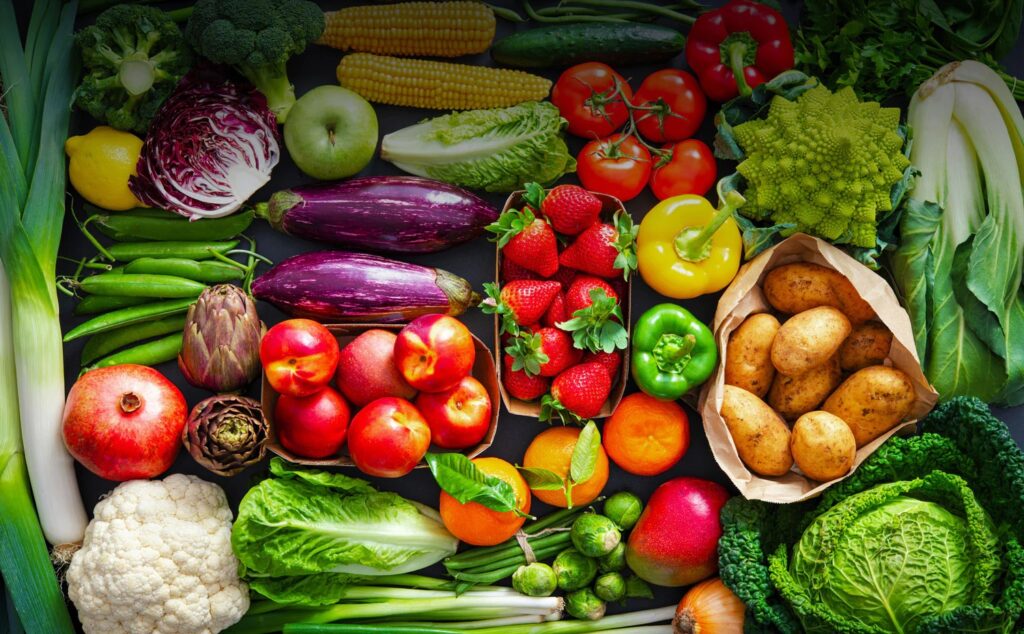
Secondly, they are a source of vital fiber. It is nearly impossible to cover all your needs without vegetables. I will remind you that men are supposed to take in approximately 30-35 gr of fiber and women – around 25 gr.
If we consume enough vegetables and fiber on the daily basis, we significantly contribute to our comfortable well-being, durable health, and longevity. While eating vegetables and fiber, we prevent cardiovascular diseases, type-2 diabetes, and constipation.
On top of that, vegetables are the lowest in calories among other foods which helps us to stay within a healthy weight and fat percentage.
Below, I will share some advice and tips which I would use to increase my vegetable intake.
Eat what you like more often
A monotonous diet is not the best habit for several reasons. First, you may get bored of any food one day. It might make you stop eating even those rare vegetables that you used to.
Secondly, you will fall short of sufficient nutrient intake, especially in terms of vitamins and minerals. If you eat only carrot, you will get plenty of beta-carotene (provitamin A), but still, you will lack other vitamins and minerals from different foods. Variability is crucial.
The solution is to stick mainly to vegetables that you like, but not forget about others which you are okay with. As to those vegetables that you hate, you can eat them at least from time to time.
Vary cooking
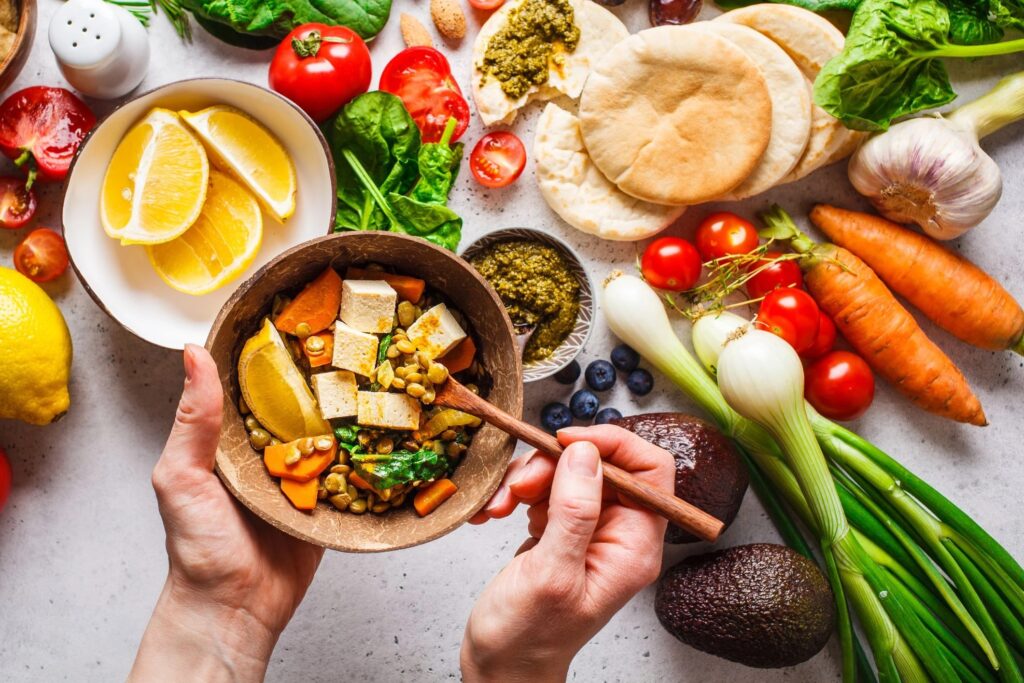
If you cook one vegetable in different ways, you will find different textures, smells, and aftertastes.
There are various cooking methods: boiling, steaming, baking, stewing, grilling, and so on.
I often hear that people who used to hate cauliflower entirely changed their minds after trying this great vegetable grilled. Boiled cauliflower and baked cauliflower are two completely different dishes. The same works with sweet pepper. Raw and grilled peppers differ in terms of texture, smell, and taste.
Add herbs, use lemon or lime juice
The easiest way to flavor vegetables is to add dry unsalted herbs (basil, oregano, pepper, etc.). You can do that both with cooked and raw vegetables. For example, I often slice sweet pepper, cucumber, and carrot, add some dry herbs and sprinkle everything with lemon juice.
Experiment with new salads
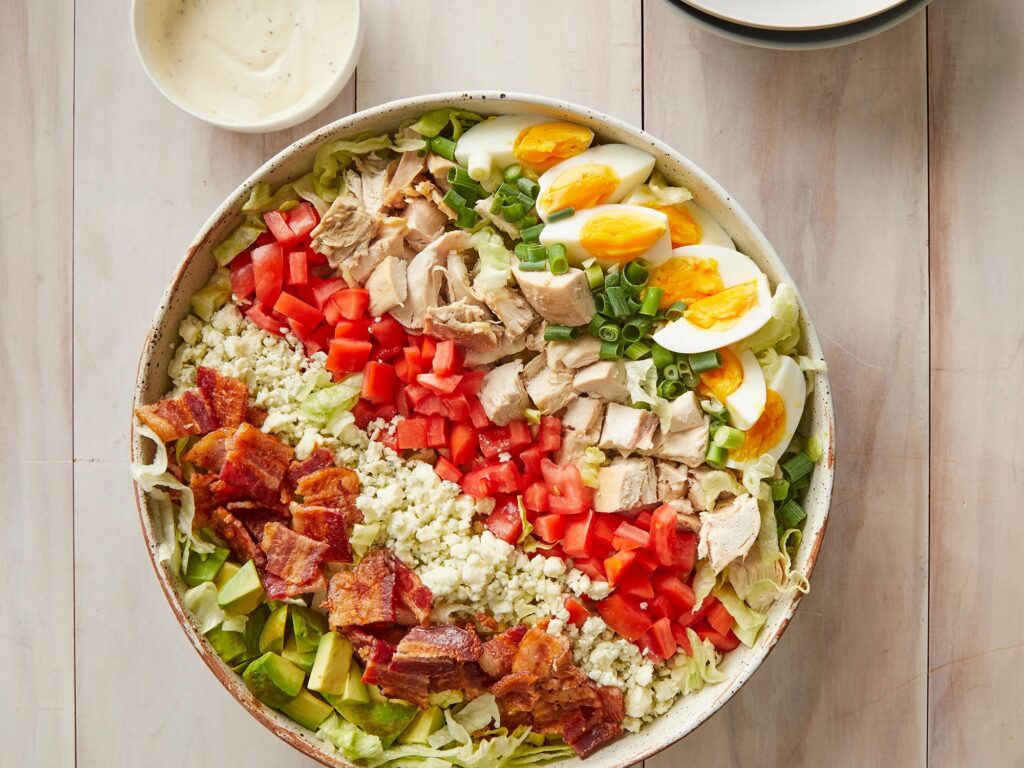
Don’t be lazy, search for new recipes. You can change the whole taste and aftertaste by only adding one product to a usual salad.
For example, try changing a typical salad (spinach, ruccola, and tomatoes) by chopping some baked chicken or pear inside it. You can even add dried apricot, try it out.
Add vegetables to sandwiches
If you like homemade sandwiches, you have a great opportunity to make them more filling and healthy. A few tomato slices and a bunch of greenery will add new shades of taste to your usual burger. And it will make you eat plenty of vegetables.
As you can see, there are always some ways to make your diet more diverse, tasty, and healthy. Any means that make you eat more vegetables are a good thing. Don’t overlook these recommendations and they will change your future health and active longevity. And if you are eager to adapt your diet to your training goals, have a look at Maximum Performancе Nutrition.
You might be interested in:
Why Trust Us?
With over 20 years in Olympic weightlifting, strength training, nutrition coaching, and general fitness our team does its best to provide the audience with ultimate support and meet the needs and requirements of advanced athletes and professional lifters, as well as people who strive to open new opportunities and develop their physical capabilities with us.
By trusting the recommendations of our certified experts in coaching, nutrition, and sports training programming, as well as scientific consultants, and physiotherapists, we provide you with thorough, well-considered, and scientifically proven content. All the information given in the articles concerning workout programming, separate exercises, and athletic performance, in general, is based on verified data.
The product testing process is described in more detail here.
Author: Sergii Putsov
Head of Sport Science, PhD
Best Results: Snatch – 165 kg,
C&J – 200 kg
Sergii Putsov, Ph.D., is a former professional weightlifter and National team member, achieving multiple medals in the 94 kg weight category at national competitions. With a Master’s degree in “Olympic & Professional Sport Training” and a Sport Science Ph.D. from the International Olympic Academy, Greece, Sergii now leads as the Head of Sport Science. He specializes in designing training programs, writing insightful blog articles, providing live commentary at international weightlifting events, and conducting educational seminars worldwide alongside Olympic weightlifting expert Oleksiy Torokhtiy.








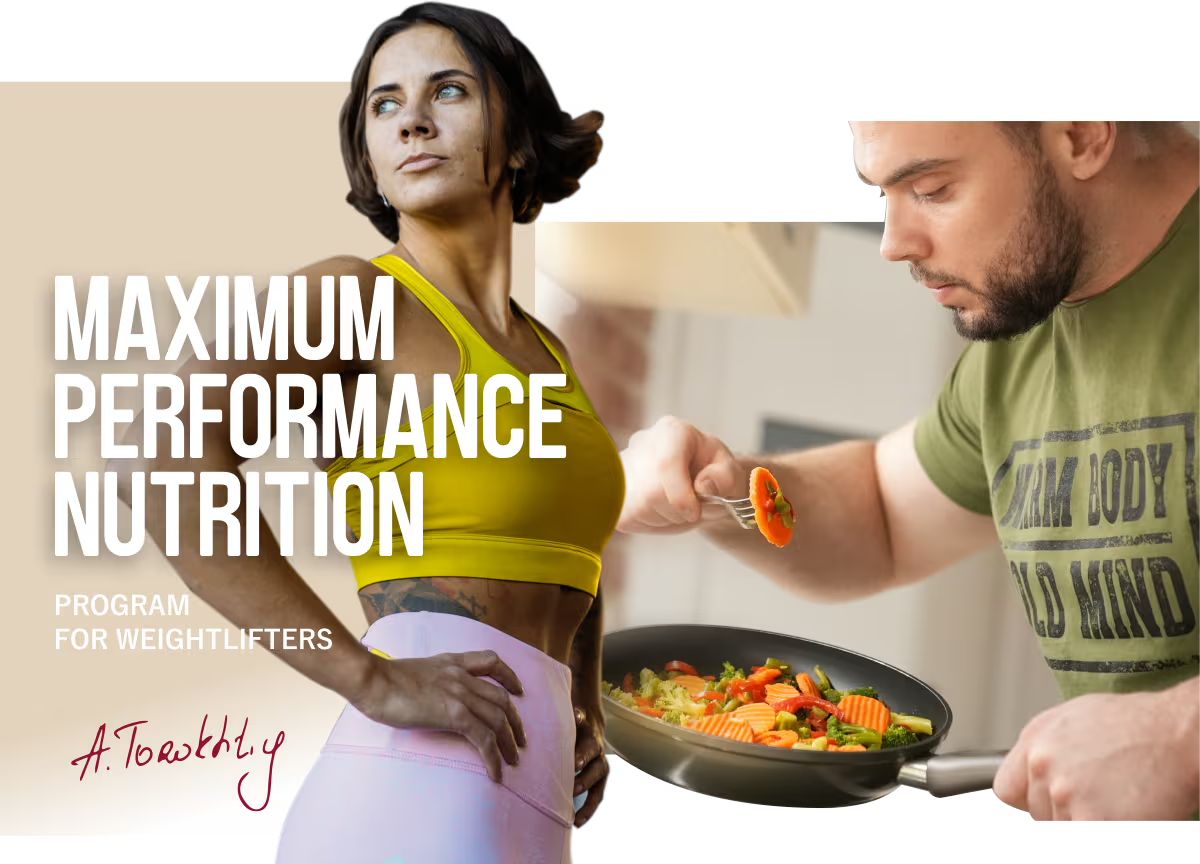
Still have questions after reading our article? Unlock your full potential by engaging with our experts and community! Don’t hesitate — leave a comment below and Sergii Putsov will provide a personalized answer and insights to help you reach your goals.